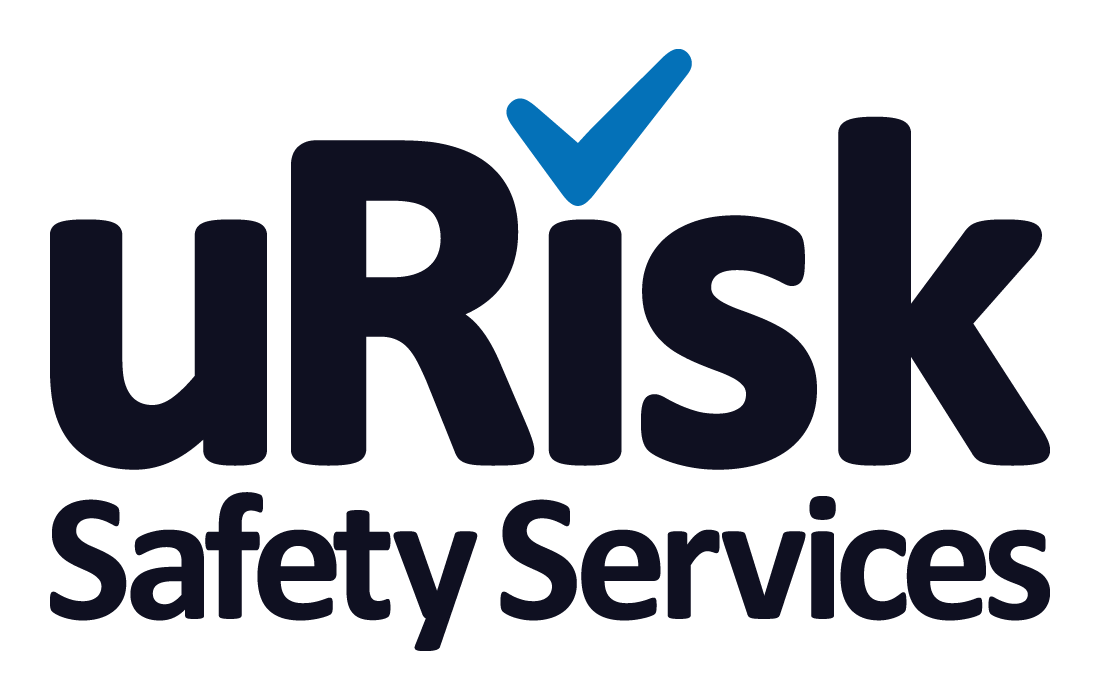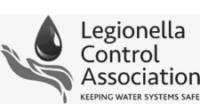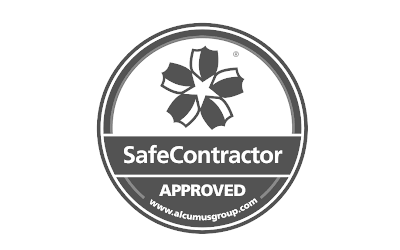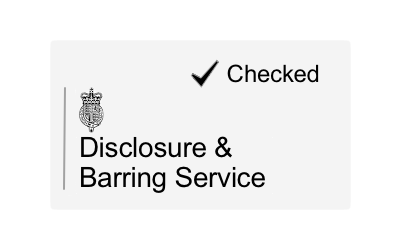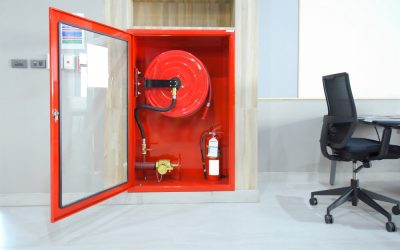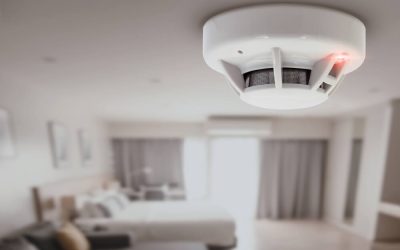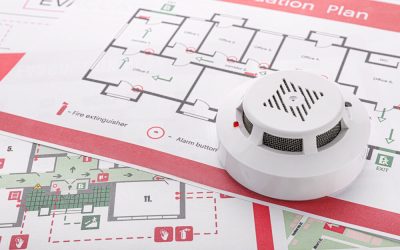What Do I Need To Know About Water Tanks & Water Safety?
Water tanks are an essential component of many hot and cold water systems, providing a place for water to be stored so it can be delivered to outlets as and when needed. However, as with any part of your building’s water system, it is important to be aware of the risks associated with tanks, particularly in regard to legionella.
Ensuring any water system and the components within it, including tanks, do not pose a health and safety risk is vital. And this is why there are a number of regulations that must be complied with in the design, management and maintenance of water systems, including the Water Supply (Water Fittings) Regulations or, in Scotland, the Water Supply (Water Fittings) (Scotland) Byelaws. The Health and Safety Executive (HSE) also offers specific guidance regarding the control of legionella bacteria in hot and cold water systems.
Water storage and legionella risk
In any place where water – hot or cold – is stored, there is a risk that it could provide a breeding ground for bacteria. All water tanks must meet design regulations, and their condition – both internal and external – must be regularly checked. A range of legionella control measures must also be adhered to, including avoiding temperatures that support microbial growth, excessive storage of water, water stagnation, and cross-contamination between tanks. We suggest using a legionella thermometer to manage and measure water temperature. Further considerations include ensuring tanks are watertight to prevent contamination and bacterial growth, coating or lining water tanks with impermeable materials, and ensuring all parts of the tank are easy to access so regular maintenance, cleaning and inspections can be performed as required.
Hot water tanks and legionella risks
When storing hot water, it is essential to avoid temperatures that could lead to legionella risk – HSE regulations state that “Hot water should be stored at least at 60°C and distributed so that it reaches a temperature of 50°C (55°C in healthcare premises) within one minute at the outlets.” Ensuring an even temperature distribution throughout hot water tanks is essential. A number of factors could influence this, such as how the water is heated (e.g. direct or indirect, conventionally or via solar panels), how much water is stored in the tank, and where in the tank the cold water supply enters. If there are any pockets of water that don’t reach the required temperature, this could lead to legionella risk.
Pumps can be installed to circulate the water, or extended heating coils can be fitted. Drain valves can also be incorporated to allow for removal of sludge or sediment. If the design of the tank does not allow for adequate legionella control through temperature, other measures such as chemical water treatments can be used.
Cold water tanks and legionella risks
Avoiding temperatures that encourage microbial growth is just as vital in cold water tanks. HSE guidelines state: “Cold water systems should be maintained, where possible, at a temperature below 20°C.” At temperatures below 20°C, legionella becomes inactive and stops multiplying, and is therefore unlikely to cause harm. But it is only dormant and can reactivate if temperatures rise.
To reduce the chance of any ‘thermal gain’, cold water tanks should be positioned away from direct light or sources of heat, and adequate lagging and separation of cold water components from hot water systems must be ensured. Water flow should be encouraged by positioning inlet and outlet pipes on opposing sides and at different heights, and where there are multiple tanks, these should be connected to ensure a regular flow of water through all tanks. Tanks should also have tight-fitting – but not airtight – lids to stop any dirt, insects or animals from contaminating the water.
Do I need to clean my water tank?
Although regular water tank cleaning is not a legal requirement, regular inspections are, and the internal and external condition of tanks should be inspected regularly to determine whether cleaning needs to be carried out. We recommend monitoring your tank every annually for its condition, design and temperature, and also carrying out bacterial sampling to test the tank’s water quality on a six-monthly basis.
At uRisk, our engineers are able to carry out cleaning and disinfection works on all types of tanks, from elmo rietschle to your home water tank and all work is based on the Risk Assessments And Method Statements (RAMS) issued to ensure it complies with legal regulations.
The tank is inspected first, before being isolated from the rest of the system. It is drained and thoroughly cleaned before being refilled. If a chemical disinfection is required, the water is disinfected and neutralised, chlorine levels are tested, and the tank is drained and refilled again. The tank is then connected back to the system and water is free to use. A certificate will be issued to confirm the completion of the works for your records.
Legionella risk assessments
Only by carrying out a full legionella risk assessment can you be sure that your water tanks do not present a risk of legionella. uRisk offers nationwide coverage with qualified and DBS-checked engineers located across the UK, who can carry out a complete survey of your premises, including your boge compressor, storage tanks, and produce a comprehensive report outlining any risks and any actions required to comply with regulations.
Want to take the next step? Contact us today to find out more about our legionella risk assessments and achieve peace of mind that your building’s storage tanks are fully up to standard.
Legionella and Water Hygiene Blog Posts
Office Fire Risk Assessment
As you would expect, keeping your office safe from the risk of fire is a legal requirement under the Regulatory Reform (Fire Safety) Order 2005. If you are the owner or manager of a business, or landlord of an office building, it is your responsibility to ensure your...
Fire Risk Assessment For Flats
Your legal requirements as a landlord include taking precautions to keep your tenants safe, including when it comes to the risk of fire in flats. As part of the fire safety regulations, fire risk assessments for flats is therefore part of your legal obligation to...
Getting A Risk Assessment For Fire in the UK
As an employer, landlord or facilities manager, it is your legal responsibility to keep everyone who uses your premises safe. A fire risk assessment is an important part of this because it identifies what might cause a fire so you can take steps to prevent one, as...
